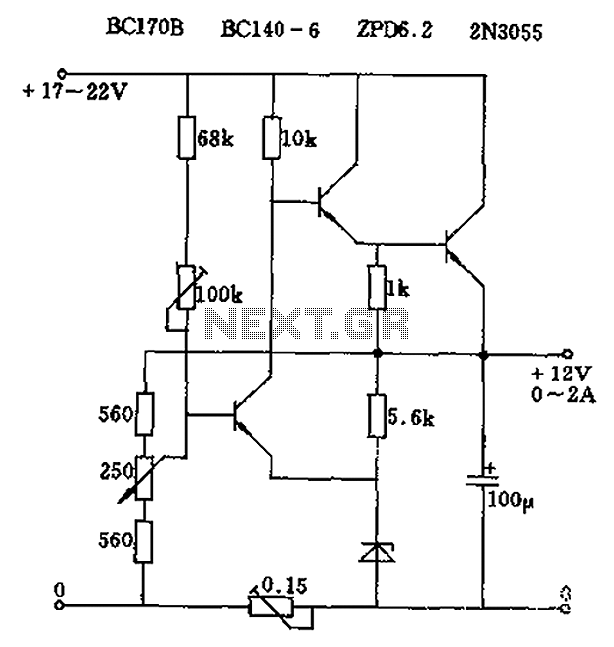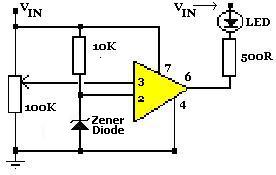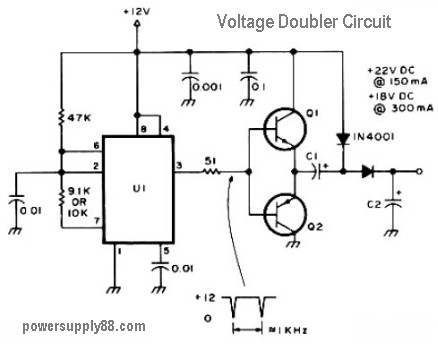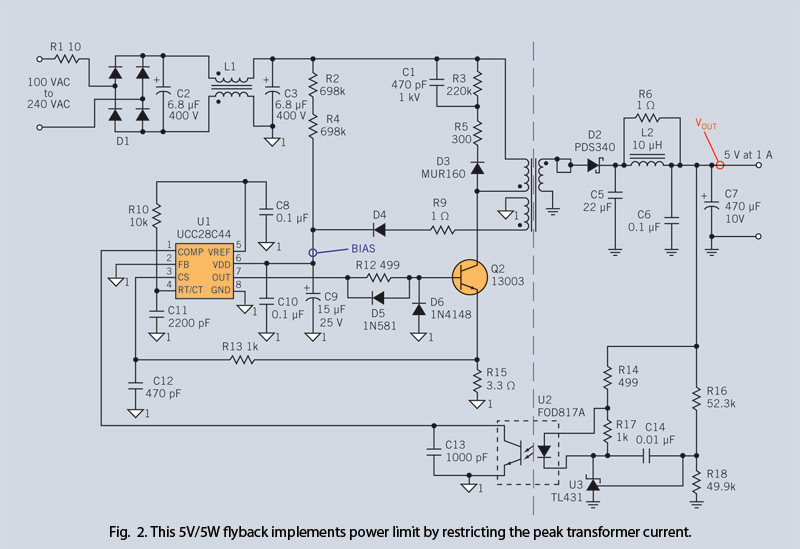
Photovoltaic (Solar Cell) Current To Voltage Converter
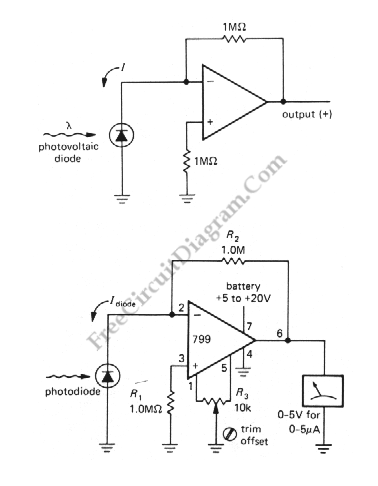
The simplest current-to-voltage (I to V) converter is a basic resistor. However, the disadvantage of this simple configuration is that it presents a nonzero impedance to the input current source.
The I to V converter is an essential circuit in various electronic applications, particularly in sensor interfacing and signal conditioning. In the simplest form, a resistor is used to convert an input current (I) into a proportional output voltage (V) according to Ohm's law, where V = I × R. Here, R represents the resistance value in ohms.
Despite its simplicity, using a resistor as an I to V converter has significant drawbacks due to its inherent nonzero impedance. This nonzero impedance can affect the accuracy of the conversion, especially when interfacing with high-impedance sources or sensitive measurement devices. The output voltage may not accurately reflect the input current if the source cannot drive the load effectively due to the voltage drop across the resistor.
To mitigate these issues, more advanced I to V converter designs often employ operational amplifiers (op-amps) in an inverting configuration. This configuration provides a high input impedance, ensuring minimal loading on the input current source. The op-amp can convert the input current into a voltage output with high accuracy and stability, making it suitable for a wide range of applications, including analog signal processing, data acquisition systems, and instrumentation.
In summary, while a simple resistor can serve as an I to V converter, its limitations necessitate the use of more sophisticated designs, such as those utilizing op-amps, to achieve better performance and reliability in practical applications.The simplest I to V converter is the humble resistor. However, presenting a nonzero impedance to the source of input current is the disadvantage of the humble. 🔗 External reference
The I to V converter is an essential circuit in various electronic applications, particularly in sensor interfacing and signal conditioning. In the simplest form, a resistor is used to convert an input current (I) into a proportional output voltage (V) according to Ohm's law, where V = I × R. Here, R represents the resistance value in ohms.
Despite its simplicity, using a resistor as an I to V converter has significant drawbacks due to its inherent nonzero impedance. This nonzero impedance can affect the accuracy of the conversion, especially when interfacing with high-impedance sources or sensitive measurement devices. The output voltage may not accurately reflect the input current if the source cannot drive the load effectively due to the voltage drop across the resistor.
To mitigate these issues, more advanced I to V converter designs often employ operational amplifiers (op-amps) in an inverting configuration. This configuration provides a high input impedance, ensuring minimal loading on the input current source. The op-amp can convert the input current into a voltage output with high accuracy and stability, making it suitable for a wide range of applications, including analog signal processing, data acquisition systems, and instrumentation.
In summary, while a simple resistor can serve as an I to V converter, its limitations necessitate the use of more sophisticated designs, such as those utilizing op-amps, to achieve better performance and reliability in practical applications.The simplest I to V converter is the humble resistor. However, presenting a nonzero impedance to the source of input current is the disadvantage of the humble. 🔗 External reference
